The three-dimensional foot scanner has key value in the study of balance ability in the elderly. By accurately capturing foot structural abnormalities and biomechanical changes, it provides scientific basis for fall risk warning and personalized intervention. The specific applications are as follows:
I. Quantitative Correlation Between Foot Structure Degeneration and Balance Ability
Dynamic Monitoring of Arch Collapse
Laser three-dimensional scanning tracks changes in arch height of the elderly with 0.5 mm accuracy (for example, annual collapse amount >2 mm indicates progressive flat feet), combined with footprint analysis technology to quantify the degree of decline in arch support force. Studies show that arch collapse leads to a shift of the plantar pressure center, significantly reducing single-leg standing stability (closed-eye standing time <10 seconds indicates high risk).
Analysis of Heel Force Line Abnormalities
The scanner captures calcaneal eversion angle (>4° indicates varus feet) and hallux valgus deformity (big toe deviation angle >15°). Such structural abnormalities change the pressure distribution in the support phase of gait, increasing the probability of lateral imbalance during walking. For example, patients with calcaneal eversion show trajectory sway amplitude 40% higher than normal in dynamic balance tests.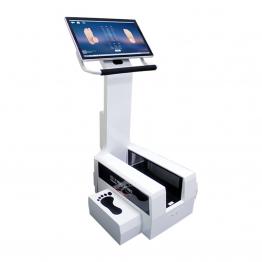
II. Fall Risk Prediction and Early Intervention
Biomechanical Model Construction
AI algorithms integrate static foot shape data (such as arch height and heel tilt angle) with dynamic pressure maps to predict the risk of balance dysfunction. Clinical validation shows that elderly individuals with plantar pressure concentrated in the medial forefoot (>65%) or lateral heel (>55%) have a 3.2 times higher fall risk within the next year.
Customized Correction Schemes
Based on three-dimensional models, 3D-printed corrective insoles are used to enhance arch support and correct force lines: medial wedge pads designed for flat feet, and heel cushioning strengthened for high arches, improving patients’ dynamic balance scores by 32%.
III. Closed-Loop Application in Long-Term Health Management
Dynamic Evaluation of Rehabilitation Effect
Cloud storage of historical foot archives enables comparison of parameters before and after correction (such as arch height recovery value and pressure center offset distance), objectively quantifying intervention effects. For example, after using customized insoles for 6 months, the average single-leg standing time of the elderly increased by 8 seconds.
Multimodal Technology Collaboration
Combined with plantar pressure plates, scanner data can verify the correlation between proprioception decline and foot shape degeneration, providing precise intensity parameters for balance training (such as towel-gripping with toes or standing on unstable surfaces).
Technical Advantages and Clinical Significance
Breakthrough Value:
Replaces traditional X-ray measurement, achieving radiation-free repeated tracking of foot degeneration process;
By detecting structural foot abnormalities before symptom onset, it realizes ultra-early fall warning (6–12 months earlier than clinical symptoms).
Application Scenario Extension:
In community screening, 10-second rapid scanning combined with AI risk stratification (such as low/medium/high risk grading) optimizes medical resource allocation.
Typical Case: After integrating three-dimensional foot data into the balance measurement system, the effectiveness rate of fall-prevention interventions in the elderly increased from 68% to 89%.

 +86-0755-86131192
+86-0755-86131192 2025-08-20
2025-08-20 Back to list
Back to list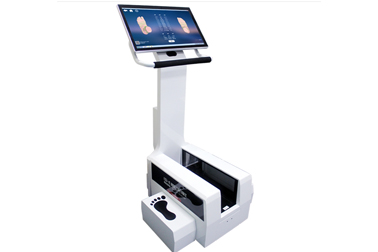
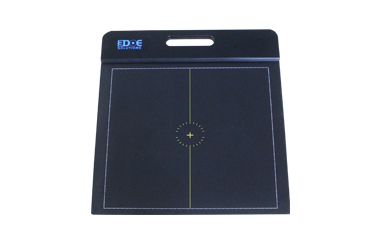
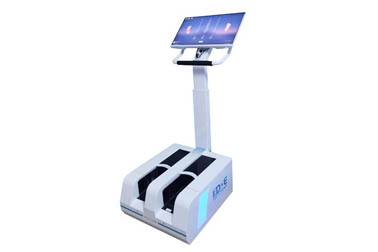
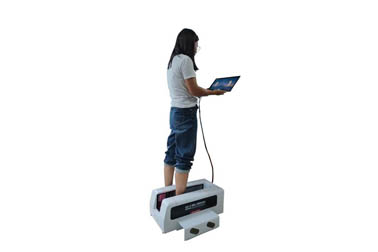
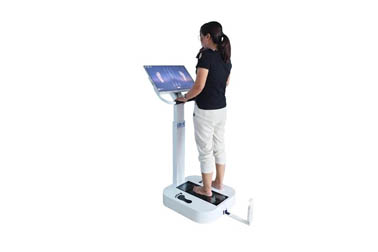
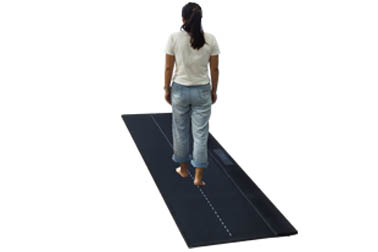



 +86-0755-86131192
+86-0755-86131192